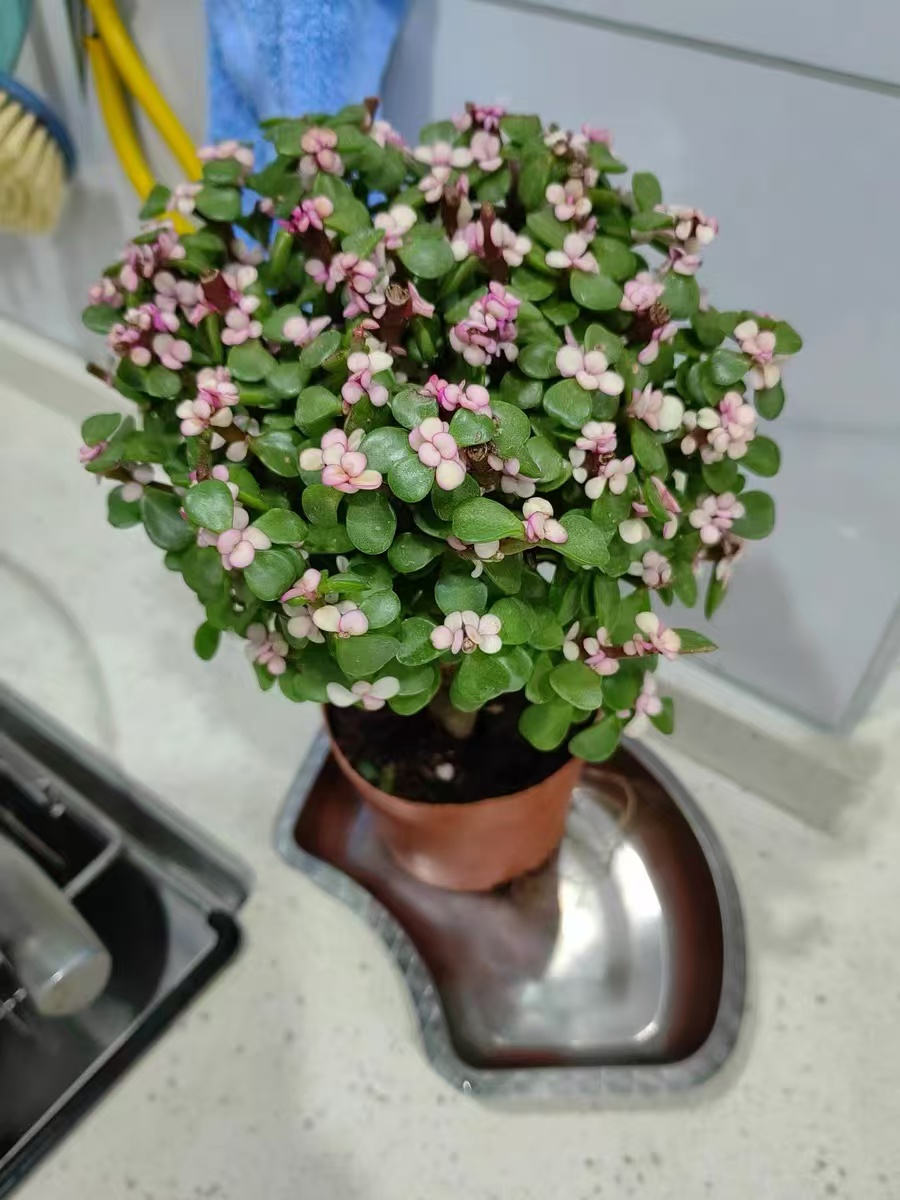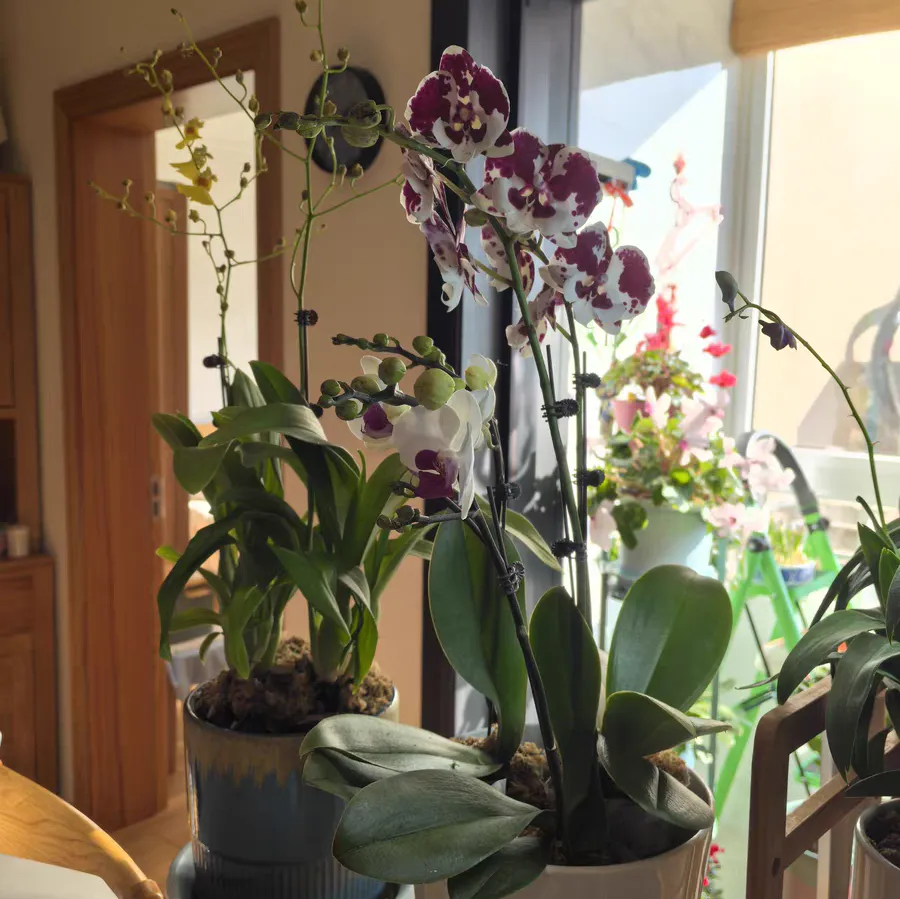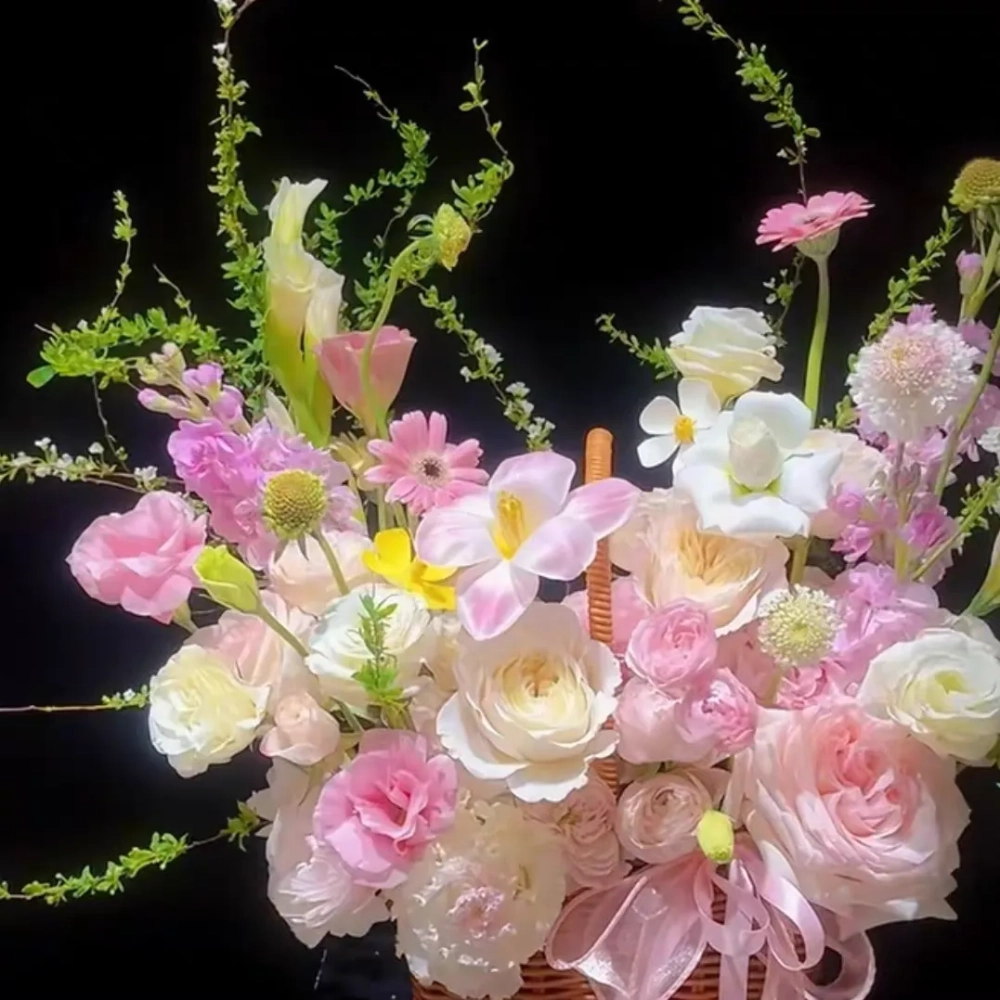In autumn, as the weather gradually gets cooler, the growth rate of many flowers begins to slow down, and their demand for water also decreases accordingly. For drought-tolerant flowers, autumn is a period when the amount of watering needs to be strictly controlled. Today, let's find out why drought-tolerant flowers should be watered less in autumn and introduce five kinds of "un-killable-by-drought" flowers that need to have their watering reduced even more in autumn.
Reasons Why Drought-Tolerant Flowers Should Be Watered Less in Autumn
Slower Growth Rate: As the temperature drops in autumn, the growth rate of drought-tolerant flowers gradually slows down, and the speed of absorbing water and nutrients also decreases. If watering continues at the same amount as in summer at this time, it is easy to cause waterlogging at the roots, leading to problems such as root rot and leaf rot.
Avoiding Diseases: The air humidity in autumn is relatively low, but if the soil is too wet, various germs will breed, increasing the chances of flowers getting sick. Watering less helps keep the soil slightly dry and reduces the occurrence of diseases.
Promoting Dormancy: For some drought-tolerant flowers, autumn is the stage of entering the dormant period. Reducing the amount of watering helps them enter the dormant state better and accumulate energy for the next year's growth.
Cactus
The cactus is a typical drought-tolerant plant. Its fleshy stems store a large amount of water, enabling it to survive even under arid conditions.
In autumn, the amount of watering for the cactus should be strictly controlled. Usually, it is enough to water it 1 - 2 times a month, and make sure the soil is completely dry before each watering.
Aloe Vera
Aloe vera also has strong drought tolerance. Its thick and juicy leaves are rich in water. The amount of watering for aloe vera in autumn should also be reduced accordingly. Just keep the soil slightly wet to avoid root rot caused by overwatering.
Jade Tree
The jade tree is a succulent plant. Its branches and leaves are rich in water, and it has strong drought tolerance. When the temperature in autumn is below 10 degrees Celsius, the growth of the jade tree stagnates. At this time, the amount of watering should be reduced. Usually, it is enough to water it 1 time every 1 - 2 months.
Portulacaria afra
Portulacaria afra also belongs to succulent plants. Its thick leaves have strong drought tolerance. Although autumn is the vigorous growth period of Portulacaria afra, the amount of watering still needs to be controlled to avoid the soil being too wet. Just keep the soil slightly wet.
Kalanchoe blossfeldiana
Kalanchoe blossfeldiana is a fleshy plant with thick leaves and strong drought tolerance. In autumn, the growth rate of Kalanchoe blossfeldiana slows down, so the amount of watering should be reduced to avoid the soil being too wet. Just keep the soil moist but not waterlogged.
Precautions for Watering Drought-Tolerant Flowers in Autumn
Checking Soil Moisture: Before watering, first check the soil moisture. If the soil surface is dry, watering can be done; if the soil is still wet, watering should be postponed.
Appropriate Watering: Watering in autumn should follow the principle of "less but more frequently", avoiding watering too much at once and causing waterlogging at the roots.
Paying Attention to Drainage: Make sure there are drainage holes at the bottom of the flowerpot to avoid root rot caused by waterlogging.
Controlling Water Quality: Drought-tolerant flowers have higher requirements for water quality. It is best to use tap water or rainwater for watering, and avoid using alkaline water.
Keeping Ventilation: In autumn, the growth environment of flowers should be kept well ventilated, which helps reduce the occurrence of diseases.
Why Should Drought-Tolerant Flowers Be Watered Less in Autumn?

Share with
Tagged in :




Leave a Reply